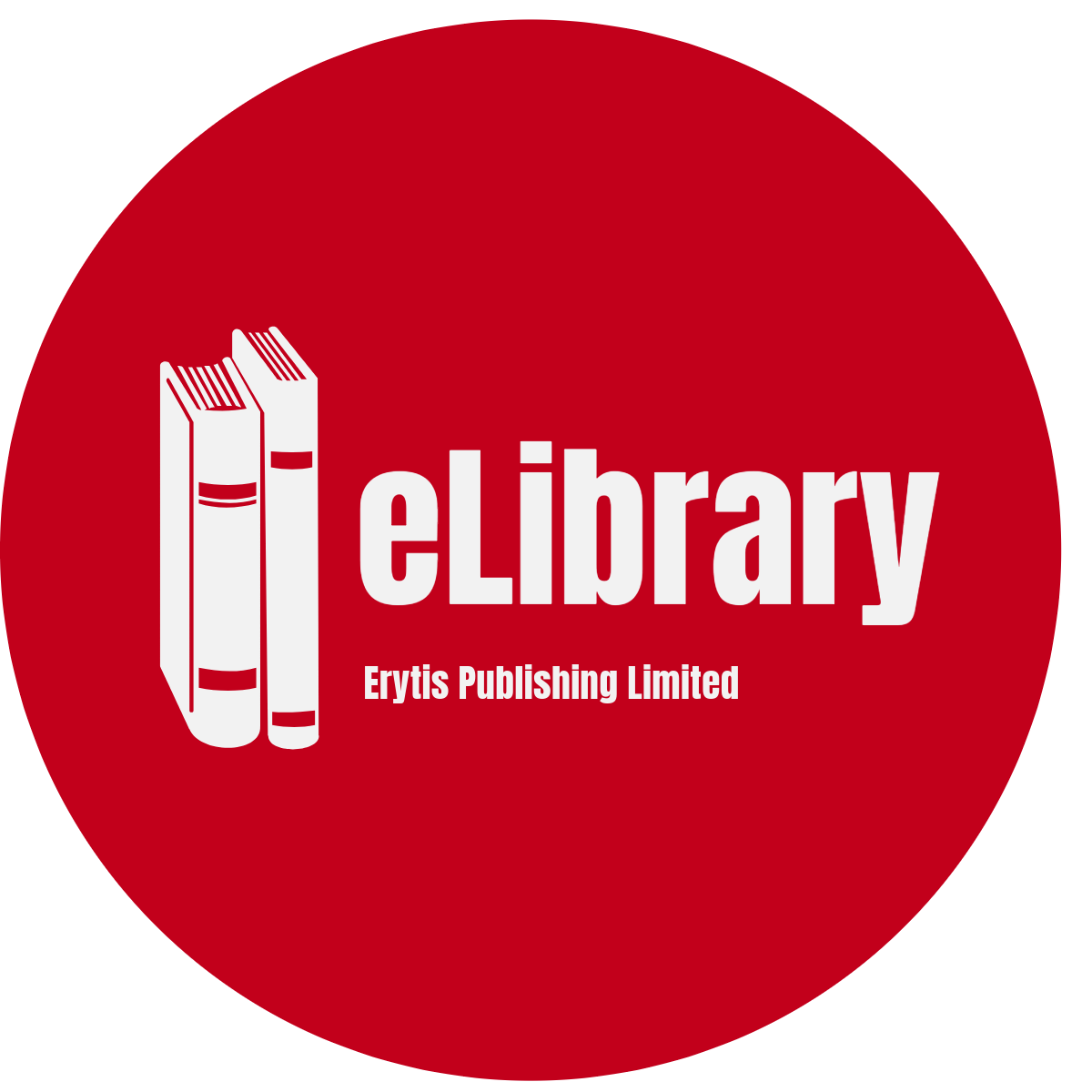




![]()
![]()
![]()
![]()


![]()
![]()


HOME
地球与空间科学辑要 Compendium of Earth and Space Sciences (ISSN Print: 3079-5621, ISSN Online: 3079-563X) is an international, peer-reviewed Open Access (OA) journal dedicated to advancing interdisciplinary research on the interactions among Earth’s critical spheres—lithosphere, pedosphere, atmosphere, hydrosphere, and biosphere—and their dynamic connections to space science. By integrating multi-scale observations, computational modeling, and emerging technologies, the journal serves as a global platform for scientists, engineers, and policymakers to address planetary challenges, including climate change, geohazards, resource sustainability, and space exploration. Our mission is to foster a holistic understanding of Earth’s interconnected systems and humanity’s role in the cosmos through open science and cross-disciplinary collaboration.
Scope and Topics
The journal welcomes submissions across all domains of Earth and space sciences, emphasizing interactions within and between Earth’s spheres and their cosmic context. Key areas include:
Earth’s Sphere Interactions
-
Lithosphere
- Tectonic dynamics, crust-mantle interactions, and volcanic processes.
- Rock weathering, mineral resource formation, and geochemical cycling.
- Earthquake mechanics, geothermal energy systems, and deep Earth imaging.
-
Pedosphere
- Soil health, carbon sequestration, and microbial-plant-soil feedbacks.
- Soil degradation, contaminant transport, and sustainable land management.
-
Atmosphere
- Climate dynamics, extreme weather events, and aerosol-cloud interactions.
- Air quality, greenhouse gas fluxes, and paleoclimate reconstruction.
-
Hydrosphere
- Ocean-atmosphere coupling, glacial dynamics, and hydrological cycles.
- Groundwater recharge, coastal erosion, and freshwater resource resilience.
-
Biosphere
- Biogeochemical cycles (C, N, P), biodiversity loss, and ecosystem resilience.
- Astrobiology, extremophiles, and human impacts on ecological networks.
-
Cross-Sphere Synergies
- Lithosphere-Hydrosphere: Subduction zones, hydrothermal vent ecosystems.
- Atmosphere-Biosphere: Forest-climate feedbacks, methane emissions from wetlands.
- Human-Earth System: Anthropocene impacts, sustainable development goals (SDGs).
Space Science & Planetary Exploration
- Solar-Terrestrial Physics: Space weather, magnetospheric dynamics, and satellite technologies.
- Planetary Science: Comparative planetology, lunar/Martian geology, and exoplanet atmospheres.
- Emerging Frontiers: Asteroid mining, space debris mitigation, and AI-driven mission design.
Technological Innovations
- AI/ML Applications: Climate modeling, geohazard prediction, and planetary data analysis.
- Remote Sensing & GIS: Satellite monitoring of deforestation, wildfires, and urban heat islands.
- Quantum Sensors & Robotics: Autonomous field robotics for extreme environments.
Journal Features
- Open Access: All content is freely accessible under a Creative Commons CC BY 4.0 license, promoting global knowledge equity.
- Interdisciplinary Rigor: Double-blind peer review by experts in geosciences, ecology, climatology, and astrophysics.
- Data Transparency: Mandates open data sharing via repositories (e.g., NASA Earthdata, PANGAEA).
- Multilingual Support: Accepts submissions in English and Chinese (Chinese submissions require an English abstract).
- Technological Integration: Highlights AI-driven modeling, 3D visualization, and virtual reality (VR) field tours.
Target Audience
Researchers, policymakers, educators, and practitioners in:
- Geosciences, climatology, and environmental engineering.
- Planetary science, space agencies, and satellite technology.
- Ecology, sustainability, and resource management.
Submission Guidelines
- Submission Types: Original research, reviews, methods papers, policy analyses, and data-driven case studies.
- Language Policy: English preferred; Chinese submissions must include a full English abstract.
- Ethical Standards: Declaration of conflicts of interest, data accessibility, and compliance with ethical guidelines (e.g., indigenous knowledge protocols).
- Formatting: Follow journal templates; interactive 3D models, code repositories (GitHub), and satellite data visualizations are encouraged.
Publication & Indexing
- Rapid Dissemination: Online First publication within 1-2 weeks of acceptance.
- Multimedia Integration: Supports video abstracts, VR field tours, and dynamic data dashboards.
Special Sections
- Earth System Tipping Points: Interactions among permafrost thaw, ocean circulation collapse, and atmospheric feedbacks.
- Space-Earth Synergies: Satellite technologies for monitoring biodiversity and disaster response.
- Youth Innovations: Groundbreaking work by early-career researchers on cross-sphere challenges.
Compendium of Earth and Space Sciences invites global scholars to explore the intricate web of Earth’s spheres and their cosmic connections—where rocks, soil, air, water, and life converge to shape our planet’s past, present, and future. Join us in decoding Earth’s complexity and pioneering solutions for a sustainable tomorrow.



Erytis Publishing Limited
Always Open for Submissions
Peer-review
Online First
Open Access
Your work will be permanently available online, free to download, share and read
 Copyright © 2025 by authors and Erytis Publishing Limited.
Copyright © 2025 by authors and Erytis Publishing Limited.
Copyright and Licensing
Articles published by Erytis Publishing Limited journals are under a Creative Commons Attribution 4.0 International (CC BY 4.0) (https://creativecommons.org/licenses/by/4.0/) license, allowing users to copy, distribute and transmit an article and adapt the article and make commercial use of the article. The CC BY license permits commercial and non-commercial re-use of an open access article, as long as the author is properly attributed. This ensures that the work gets maximum exposure, and the authors receive due credit for their contribution.
Copyright on any open access article published by Erytis Publishing Limited is retained by the author(s). Authors grant Erytis Publishing Limited a license to publish the article and identify itself as the original publisher. Authors also grant any third party the right to use the article freely as long as its original authors, citation details and publisher are identified.





